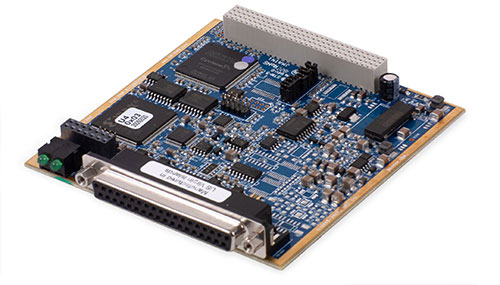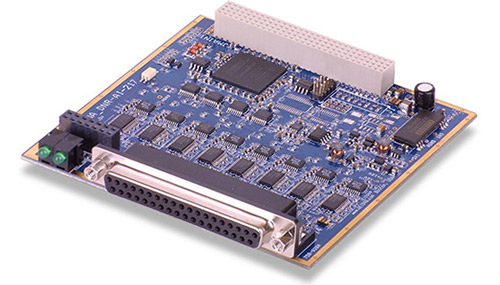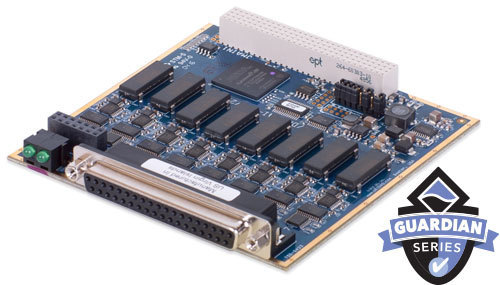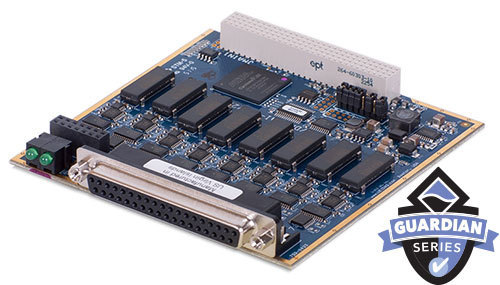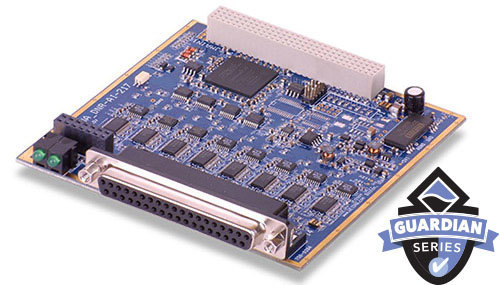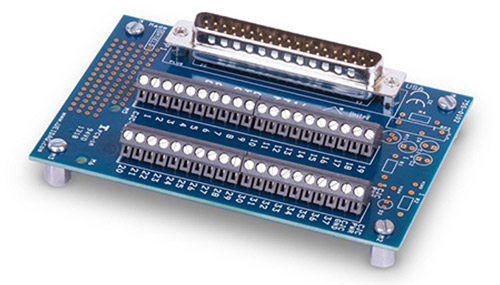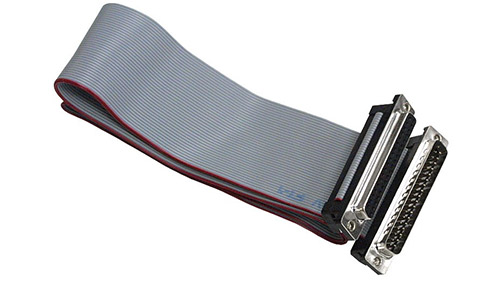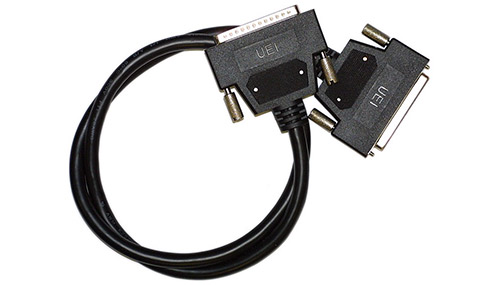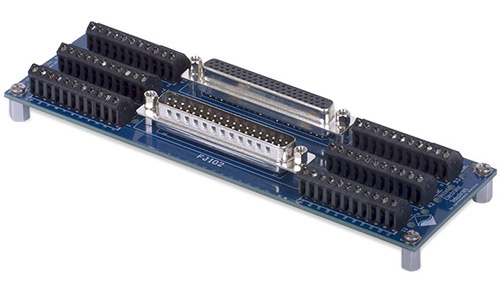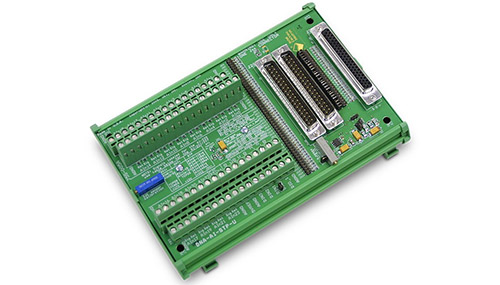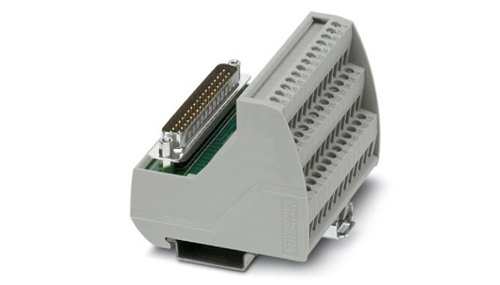The DNA-AI-217 AND DNR-AI-217 are 16-channel simultaneously sampling A/D boards compatible with UEI's popular Cube and RACKtangle chassis respectively. The DNA/DNR versions are electronically identical and feature 24-bit resolution with 7 software selectable input ranges. The DNx-AI-217 is pin compatible with the popular DNx-AI-207 board and offers an easy upgrade path for those looking for more resolution, higher sample rates or simultaneously sampling inputs.
An A/D per channel configuration allows channels to be sampled simultaneously at rates up to 120 kS/s each (1600 kS/s max aggregate entire board). The A/D per channel configuration virtually eliminates input cross talk and channel settling time issues even when connected to high impedance signal sources.
The DNx-AI-217 is fully isolated from the Cube/RACKtangle and is overvoltage protected up to ±40 V (power on or off). The inputs go into a high impedance mode when power is removed making the AI-217 ideal for use in redundant measurement/control applications.
The DNx-AI-217 is a member of UEI's popular Guardian series, which provide high levels of user diagnostics. The AI-217 board provides both open input detection functionality as well as the ability to detect input overvoltage conditions.
Software included with the DNx-AI-217 provides a comprehensive yet easy to use API that supports all popular operating systems including Windows, Linux, real-time operating systems such as QNX, INtime, VxWorks, and more. Finally, the UEIDAQ Framework supplies complete support for those creating applications in Windows-based data acquisition software packages such as LabVIEW, MATLAB/Simulink, or any application which supports ActiveX or OPC servers.
